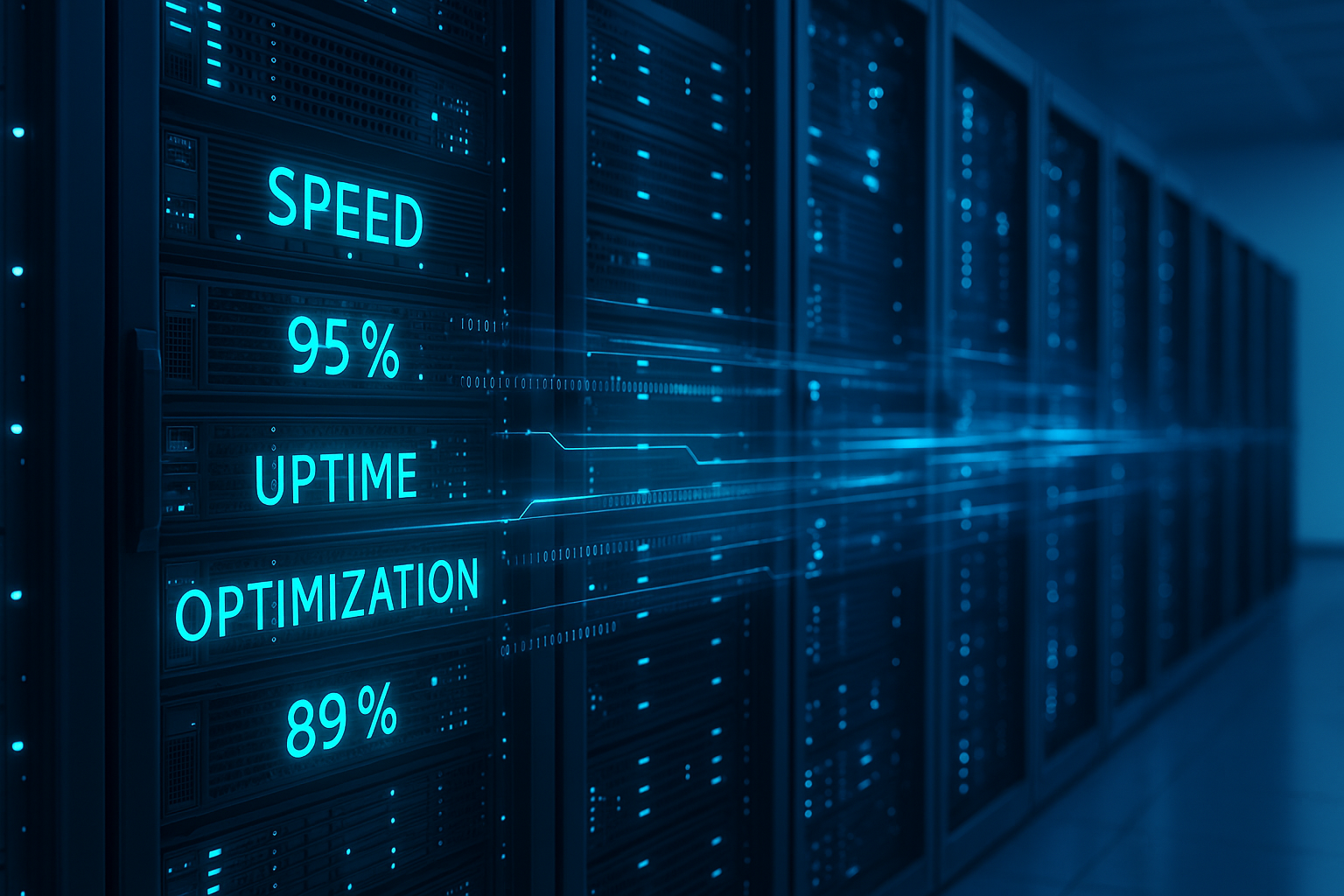How to Improve Your Server’s Speed Without Overthinking It
If your site feels slow, chances are it’s not your theme or your content—it’s the server. And the truth is, improving your server’s speed doesn’t have to be complex or expensive. A few smart changes can make a noticeable difference in how fast your site loads, how it ranks in search engines, and how users interact with it.
Let’s start with something simple: hosting. If you’re still on shared hosting, it’s probably time to upgrade. As your traffic grows, shared environments can’t keep up. Switching to a VPS or cloud hosting gives you more dedicated resources, better uptime, and more consistent speed—especially during busy times.
But even the best hosting won’t help if your server is overloaded with work. That’s where caching comes in. Tools like Redis or object caching plugins reduce the need for your server to build each page from scratch. It’s like storing a pre-baked version of your site, ready to go the moment someone visits.
Another underrated but highly effective tactic is using a CDN (Content Delivery Network). Think of it as a network of mirrors for your site, spread across the world. Your users will download content from the closest server, not just from your main one. That means faster loading times, less stress on your origin server, and a smoother experience all around.
Staying updated also matters. Many sites still run on outdated versions of PHP or MySQL, which are not only slower but also vulnerable. Just updating to the latest PHP version can speed up your server considerably—and most hosts make that upgrade easy.
Compression is another quick win. Enabling GZIP lets your server send compressed files to users, so pages load faster without losing quality. If you’re using a modern hosting provider or a performance plugin, this is likely just a toggle switch away.
And then there are the plugins. Some are great, but others constantly run tasks in the background or trigger unnecessary database calls. Over time, that adds up. Doing a quick audit of your installed plugins—and removing the ones you don’t really need—can lighten the load significantly.
Speaking of databases: they get bloated. Post revisions, spam comments, orphaned metadata—it all piles up. Tools like WP-Optimize clean that mess and make queries run faster. It’s one of those maintenance tasks that pays off quickly.
Finally, don’t forget about the protocol your server uses. If your host supports HTTP/2 or HTTP/3, take advantage of it. These technologies improve how browsers and servers communicate, making everything more efficient under the hood.
The good news? You don’t need to be a tech expert to implement most of these changes. Improving your server’s speed is more about consistency and awareness than deep technical skill. A few smart moves here and there, and your site will feel faster, more responsive, and far more reliable.
Source: hateltech

